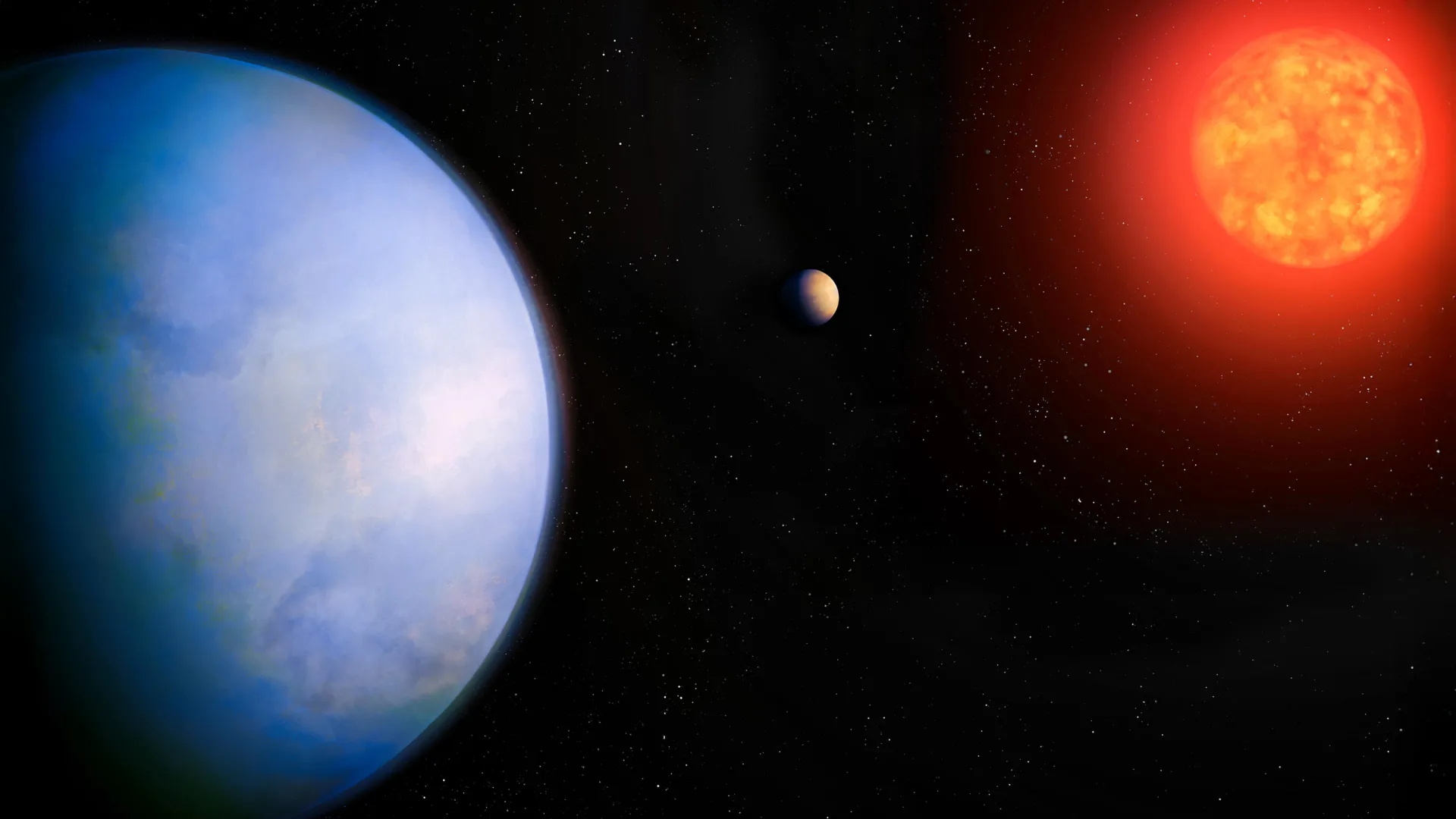A team of astronomers from the University of California, Irvine has discovered a super-Earth located just 18 light-years away from Earth, positioning it as a prime candidate in the ongoing search for extraterrestrial life. This newly identified exoplanet, named GJ 251 c, resides in the habitable zone of an M-dwarf star, a region where conditions may allow for the existence of liquid water—an essential ingredient for life as we know it.
The findings were detailed in a paper published in The Astronomical Journal. The research team used sophisticated instruments to detect the planet’s gravitational influence on its host star, suggesting the presence of a rocky world similar to Earth. According to co-author Paul Robertson, an associate professor of physics and astronomy at UC Irvine, the significance of this discovery lies in the planet’s proximity, making it “practically next door” in cosmic terms.
Exploring a Promising Exoplanet
The planet orbits an M-dwarf star, the most common type of star in the Milky Way. M-dwarfs often exhibit significant stellar activity, including starspots and flares, which can obscure the signals that astronomers look for when identifying orbiting planets. Despite these challenges, the close distance of GJ 251 c to Earth makes it a compelling candidate for future studies, particularly using the upcoming Thirty Meter Telescope (TMT).
The TMT’s advanced capabilities will allow astronomers to image faint exoplanets like GJ 251 c directly. Corey Beard, a data scientist at Design West Technologies and lead author of the study, emphasized that this telescope will have the resolution necessary for such observations, something smaller telescopes cannot achieve.
Advanced Techniques and Future Studies
The research team detected GJ 251 c using data from two precision instruments—the Habitable-zone Planet Finder and NEID. These instruments measure the minute gravitational effects an orbiting planet has on its star, resulting in periodic shifts in the star’s light, known as radial velocity signatures. By analyzing these shifts, the team confirmed that GJ 251 c is indeed influencing its host star.
The Habitable-zone Planet Finder also helps mitigate the disruptive effects of stellar activity by observing in the infrared spectrum, where such signals are less pronounced. The statistical significance of the data collected was strong enough to classify GJ 251 c as a credible exoplanet candidate, underscoring the need for direct imaging to verify its characteristics.
Beard noted that while the discovery is statistically significant, further observations are necessary to confirm the planet’s status. He and Robertson are optimistic that their findings will inspire the exoplanet research community to conduct additional studies of GJ 251 c, especially as new ground-based observatories like the TMT approach operational readiness.
Collaborators on this research include experts from prestigious institutions such as UCLA, Pennsylvania State University, and the University of Colorado, Boulder. The study received funding from various sources, including a grant from the National Science Foundation for the HPF exoplanet survey and support from NASA/NSF for the NN-EXPLORE program.
As the quest for extraterrestrial life continues, GJ 251 c stands as a promising frontier, potentially offering insights into the conditions necessary for life beyond our planet.







































































